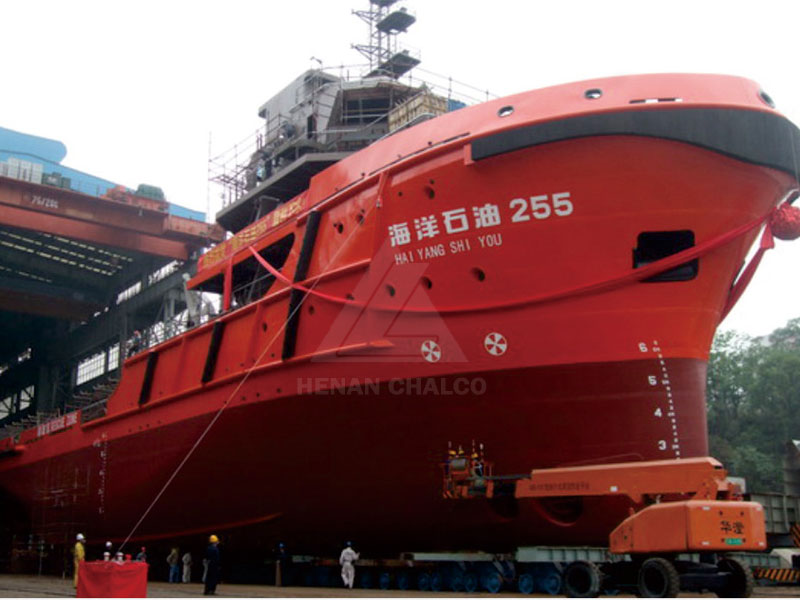Structural transition joint for marine application
Bimetallic Transition Joints | 2018-11-15 10:24
In the manufacture of marine ships, the application of aluminum alloys is mainly to connect aluminum structural parts with steel decks. In the past, rivets or screws were used for this connection, which could not guarantee sealing, thus accelerating the corrosion of seawater media. The use of
aluminum steel composite transition joint, the temperature of the joint is generally <300℃. If titanium is added between aluminum and steel, both
aluminum-titanium-steel structural transition joints are used, the bonding strength and conductivity can remain unchanged when the service temperature reaches 450 C. Generally, this kind of joint is used to connect the steel deck of ship with the superstructure of aluminum alloy. This process of aluminum-steel transition connection can completely replace riveting and completely solve the problem of aluminum-steel transition connection.
Aluminum-steel transition joints are also widely used in offshore containers, with good corrosion resistance and attractive low weight, widely replacing rivet joints, having good shear strength, and withstanding salt testing.
Aluminum alloy-titanium-low carbon steel (stainless steel)
three-layer structural transition joints have been widely used in frigates and other ships cabins, ship side as well as masts, liquefied natural gas tanks and so on.
1. Specs of
aluminum steel structural transition joint:
|
Base materials |
Q235、Q245R、Q345R、DH36、CCSB |
|
Cladding materials |
5083, 1060,1070,3A21 |
|
Standard |
CB 1343-98 |
|
Cladding thickness |
≥10mm |
|
Base thickness |
≥12mm |
|
Length |
≤3000㎜ |
|
Width |
≥20mm |
2.
Aluminum steel structural transition joint, the temperature of this joint is generally <300 ℃. If titanium is added between aluminum and steel, both
aluminum-titanium-steel transition joints are used, the bonding strength and conductivity can remain unchanged when the service temperature reaches 450 ℃.
|
Base materials |
Q235、Q245R、Q345R、DH36、CCSB |
|
Middle materials |
TA1、TA2 |
|
Cladding materials |
5083, 1060,1070 |
|
Standard |
CB 1343-98 |
|
Cladding thickness |
≥10mm |
|
Base thickness |
≥12mm |
|
Length |
≤3000㎜ |
|
Width |
≥20mm |














